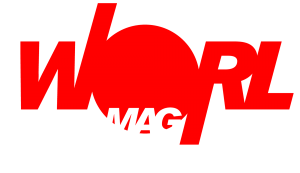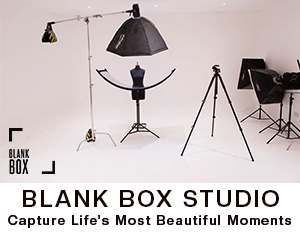In the late 1990s, deep in the southern Italian region of Salento, two reggae enthusiasts named Raffa and Quasta initiated a musical movement that would one day resonate across continents. Inspired by the raw, militant rhythms of riddims like Pepperseed and Arab Attack, they crafted their own sound system from scratch, laying the foundation for what would become Heavy Hammer Sound.
More than just DJs or selectors, Heavy Hammer is a cultural force—championing reggae and dancehall not only through dubplates and sound clashes but by building community, preserving tradition, and pushing the boundaries of what a European sound system can achieve. With decades of experience, global clashes, and a powerful commitment to roots and culture, their story is one of passion, precision, and purpose.
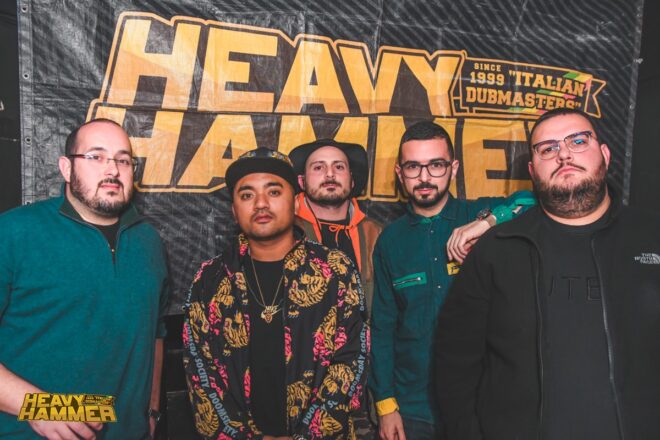
Origins & Formation
Reggae and dancehall parties in Italy have always had a political aspect, and we’ve always
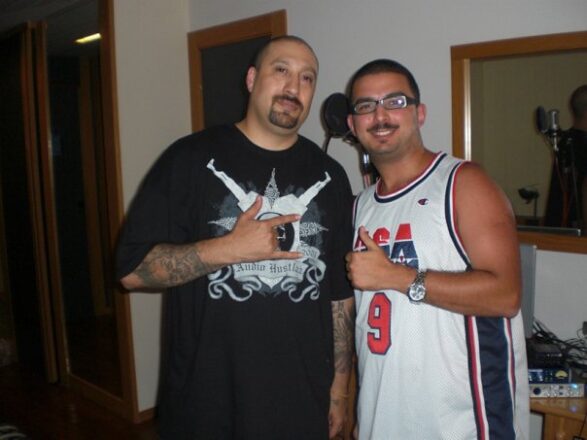
been part of this movement. Attending those parties ignited an even greater passion in us. We decided to build our own sound system and spread this music and its message even further.
There was also the entertaining side of it – letting people dance and feel good after a long day or week of work.
It has always been a mix of spreading the culture and providing entertainment.
Finding a place to buy records in the beginning was a challenge. Imagine trying to find them in the late ’90s, basically without an internet connection.
We were lucky to have One Love Hi Powa, with their shop in Rome and a distributor in Jamaica. But back then, orders were made by fax or phone call. Sometimes you had to buy records just by trusting the label name, the artist, or the seller’s suggestions.
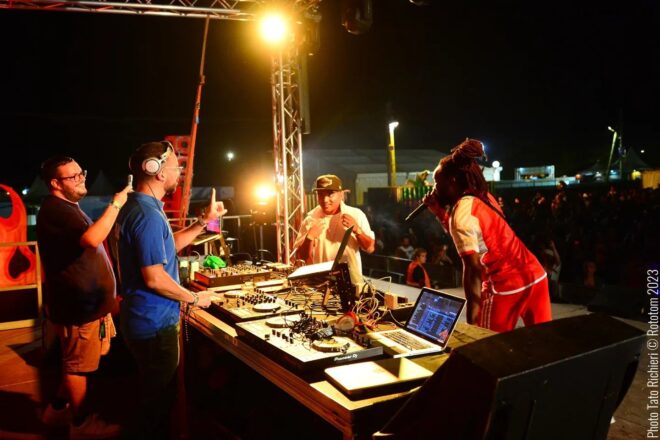
Musical Journey & Style
To be honest, I can’t really say. We play in different styles. We do soundclashes, we perform at hardcore (brand new or old school) dancehall parties in fancy clubs, and sometimes at old-school reggae parties in abandoned, illegal buildings.
We love Jamaican music so much that we’ve tried to study every aspect of it. We can adapt our style to any kind of crowd or situation.
One thing has changed over the years: in the early days, we made and played a lot of remixes. Then we started recording dubplates, and that reshaped our selections a bit.
The name that influenced us the most in the beginning was definitely Fire Links. Then I
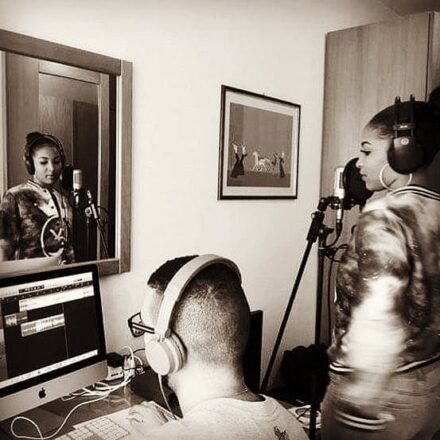
would say Tony Matterhorn, Black Chiney, and Renaissance. Fast juggling, remixes, dubplates – that was the vibe. Those influences came from the cassettes we were able to find over the years. Then, here in Italy, we had the chance to witness sounds like I&I Project, Sud Sound System, One Love Hi Powa, and Bass Fi Mass with our own eyes.
We studied a lot of music from the ’70s, ’80s, and ’90s, and we’ve always tried to stay up to date with new releases. We aim to play a bit of everything, keeping the right balance without disappointing anyone in the crowd. We also like to surprise people with unexpected dubplates – it could be a brand-new song, or maybe unreleased, a rare artist, or a simple dubplate on an unusual/crazy riddim.
International Presence
Anytime we played outside of Europe, which I’d say is our comfort zone, we always had
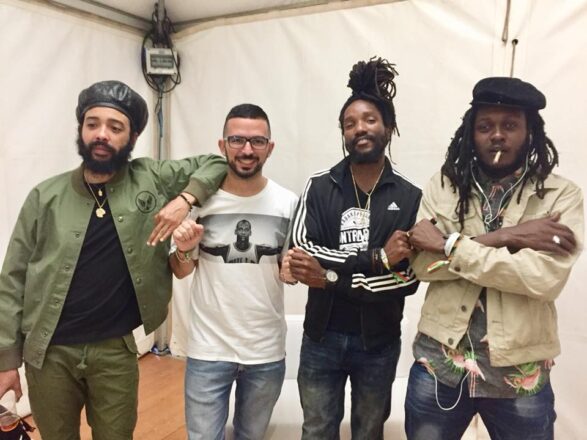
great experiences. Playing in front of Jamaican (or Caribbean) audiences is especially challenging for us. We’ve had the chance to perform in front of very diverse crowds – in places like London, the Bronx, Brooklyn, Queens, Jamaica, California, and Japan – and every time, we received a great response. I feel like Jamaican people in particular really love and appreciate when someone from an unknown place in southern Italy is genuinely interested in and passionate about their culture.
8. Can you discuss a memorable international performance and its significance?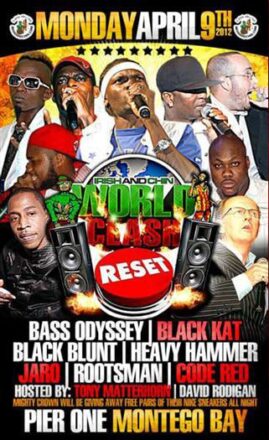
Definitely when we played the Irish&Chin World Clash 2012 at Pier 1 in Montego Bay.
Growing up as a clashing sound system and a clash fan, playing at Pier 1 was a dream– a dream that, at times, we thought might never come true. Being on that flyer and clashing against Bass Odyssey, Black Kat, Black Blunt, Jaro, Rootsman, and Code Red was the fulfillment of that dream. We didn’t bring the trophy back to Italy, but we got one of the biggest forwards of the night when we played a Beenie Man–Bounty Killer combination dubplate, where Beenie called Bounty’s name and vice versa. In 2012, getting a dubplate like that was (almost) impossible – but I can’t say how, we got it, and people couldn’t believe it.
If we’re talking about Europe, we most likely know the yards and the audience well, and we know exactly what to play. Otherwise, if it’s a new place for us, like last summer at the Reggae on the River festival in California, we basically prepare for anything. If the audience loves new roots, we’re ready for that. If they prefer brand-new dancehall music, we’re ready for that too. It takes a lot of preparation to be ready for any situation.
Collaborations & Productions
Most of our collaborations with artists are about dubplates. Sometimes we organize shows
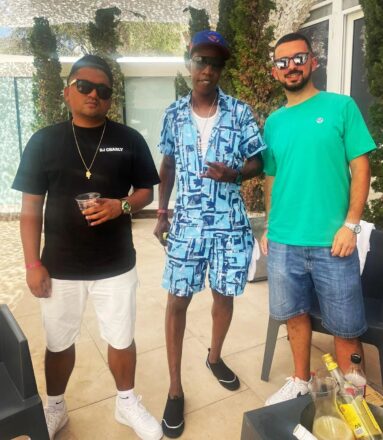
for them in our area (Salento, southern Italy). The first connections were made online then we started to link artists while they were on tour in Europe. Every time an artist comes to Europe, we try to meet them in person and record dubplates, sometimes travelling to another country. It happens that something that started as a pure business relationship became a friendship. And we are happy and proud to put in our friends-list people like Romain Virgo, Kabaka Pyramid, Protoje, Ward 21, Beenie Man, Mortimer, Cham, Agent Sasco and many more.
It’s about dubplates again. Many years ago, Romain Virgo recorded a dubplate of the song “System” for us, singing our story starting from 1999. We play that song in almost every set, and it features in many of our mixtapes. Everyone who follows Heavy Hammer knows the words to that dub and sings it at our dances. It quickly became one of our anthem dubplates. If a DJ plays that song in Salento, the crowd will sing the words of our dubplate. That brings a smile to our faces every single time.
12. What is your process for producing and releasing mixtapes or original tracks?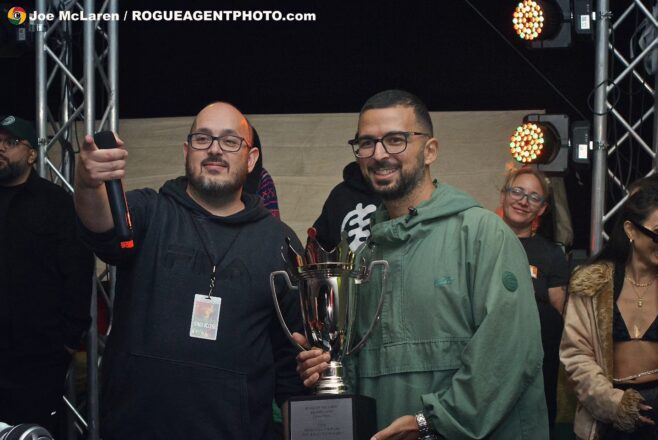
We’ve never released our mixtapes on a regular schedule. We put them out whenever we had a theme in mind or felt inspired. Some were dubplate-only mixtapes; others focused on specific styles, like a new roots mixtape when the Reggae Revival movement (Protoje, Kabaka Pyramid, Chronixx, Samory-I, Loyal Flames, etc.) began, or a brand-new dancehall mixtape for the summer, which is the most active season for parties in Salento.
Last year, we released our first riddim production – Godspeed Riddim – in collaboration with producer and multi-instrumentalist Bonnot. It’s a roots rock reggae riddim featuring artists we’ve had long-standing relationships with: Anthony B, Gappy Ranks, Kumar, Derajah, Rekall, and Charly B. We built the riddim, and I pitched it to the artists whenever we had other studio work going on. Everyone who had time to record gave us a great song!
We’re now working on the Italian edition of the riddim – featuring only Italian artists – and on a new riddim.
Achievements & Recognition
As a clashing sound, two moments stand out: clashing at Pier 1 in Montego Bay for World
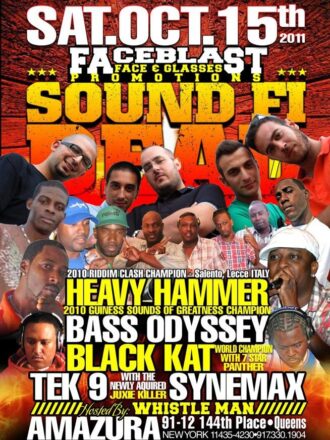
Clash 2012, going up against Bass Odyssey, Black Kat, Black Blunt, Jaro, Rootsman, and Code Red; and clashing at Amazura in Queens, New York for Sound Fi Dead 2011, facing Bass Odyssey, Black Kat, Tek-9, and Synemaxx.
Clashing at Pier1 and Amazura is the dream of every single soundboy.
As a juggling sound, some highlights include being booked for Bass Odyssey Soundfest 2015 in Priory, St. Ann, Jamaica – alongside legendary sounds like Bass Odyssey, Stone Love, Barrier Free, and Bodyguard – and doing two tours in Japan: one clash tour with 5 clashes in 2 weeks, and one juggling tour.
The more we got recognized, the more we started visiting new places, meeting new people, and audiences. Every time, we gave our best in preparing for them; but at the same time, we also received a lot from the people and the places. That exchange helped us grow and mature in the music world. There’s always something to learn – whether musically or business-wise.
One unforgettable moment was the massive forward we got for the Beenie Man–Bounty

Killer combination dubplate at World Clash 2012 in Jamaica. Recording that kind of dub – in that way – was (almost) impossible at the time. People couldn’t believe we actually had it. And of course, it was 100% real – no AI back in 2012! In 2018, we won – with a lock off, no dub fi dub needed – against Warrior Sound at War Ina East in Berlin, the biggest clash in Europe since the Riddim Clash series ended. Just last year, we won – again another lock off – against Renaissance and Dynamq at Reggae on the River Festival in California. A truly memorable win, as it was our first time in California, inside a festival setting. New audience, unfamiliar ground. Like I always say, preparation is the key. And it worked!
Digital Presence & Fan Engagement
Social media has always played a role over the years. When we started, it was MySpace –
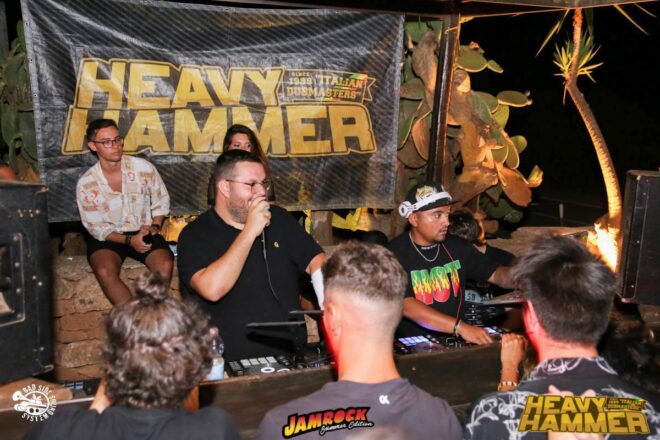
Then came Facebook, and now Instagram. TikTok has never really been a thing in the European sound system scene. It’s always been nice to connect with our audience. Sometimes they send us compliments, sometimes criticisms – and we welcome it all.
Of course, we also use social media to promote our shows. I (Gecky) personally believe deeply in the power of human connection. I stay in touch with a lot of people – old friends we’ve made over the years, and new ones too. In the end, we all share the same love for music, and I truly believe we must stay united as a community.
I have to admit – we’re not the best content creators, and we probably don’t have the biggest social media presence. We keep it simple. We use our platforms to promote our shows – whether it’s an event we’re putting on in Salento or a gig we’re booked for somewhere around the world. We share great moments from recent parties, post reels to promote a riddim we produced or a remix we released. And of course, a fan photo with an artist is always a must!
It’s true – music is now easier to find than ever, anytime, anywhere, for anyone. But at the same time, I feel like it’s become too easy. So easy that some people in the new generation seem a bit lazy with it. They don’t really search for new music anymore – they just wait for the algorithm to suggest something, or for their favorite playlist curator to add a new song.
As a vinyl collector, I also feel a bit sad that so much music isn’t being pressed on vinyl anymore.
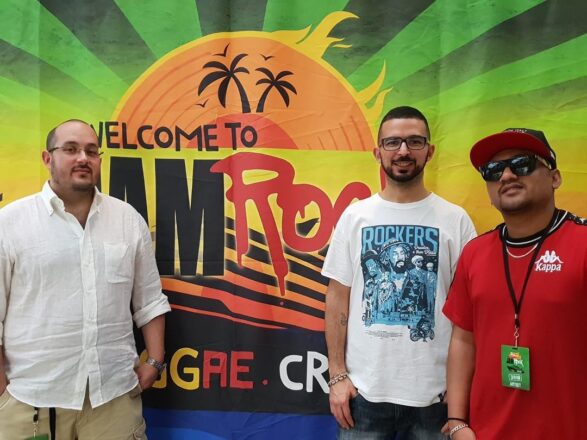
Equipment & Technical Aspects
Nowadays, only a high-quality DJ controller is essential. We bring our laptop and music, and we connect to a DJ controller. This setup helps us a lot when we travel.
As for the sound system, we rely on the venue, but we would love to play on an authentic, Jamaican-style, handmade sound system.
On our side, the only thing we can do is play music using high-quality audio files. No files ripped from streaming platforms – that significantly reduces the sound quality.
And of course, the rule “louder is not better” always applies. After that, we leave it to the venue’s sound engineer and hope they do their job properly.
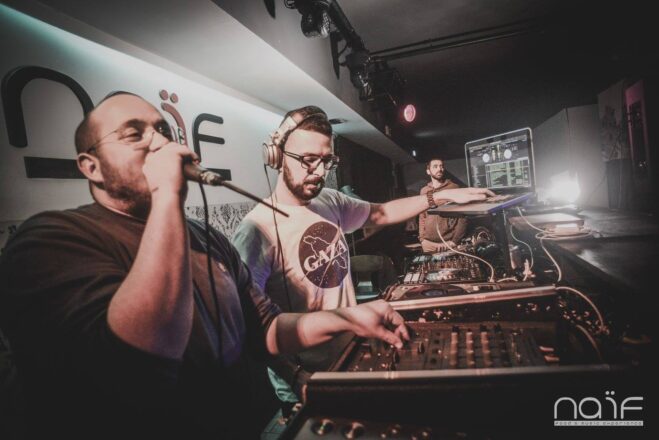
Yes. Since we’ve always loved fast juggling and remixes, technology now helps us a lot.
We can definitely juggle faster compared to using 7” records, and sometimes we can even do live remixes using software that separates vocals and instrumentals in real time.
That also helps us create smoother transitions.
Cultural Impact & Legacy
We come from a part of Italy where reggae and dancehall culture as had deep roots since the 1980s, thanks to the people who promoted it before us. We inherited a great responsibility from them, and we’ve tried to play our role in the best possible way – not just by playing music, but also by explaining it, as a true Jamaican sound system would. One of the most significant things we’ve done is promote the Mamanera Reggae Beach: a series of about ten free-entry parties during the summer season, where we’ve had the chance to invite artists like Agent Sasco, Cham, Romain Virgo, Luciano, Aidonia, Konshens, Tanya Stephens, Alborosie, Kabaka Pyramid, Busy Signal – to name just a few – as well as sound systems and DJs like Tony Matterhorn, Mighty Crown, Freddie Krueger, Ricky Trooper, Coppershot, Renaissance, Black Chiney, Bass Odyssey, and many more. We sometimes had more than 2,000 people dancing and enjoying themselves on the beach. Many of our Jamaican guests told us it truly felt like being in Jamaica. We believe this has greatly supported the reggae and dancehall scene in Italy and has brought many young people to the culture, helping inspire the rise of new sound systems and crews.
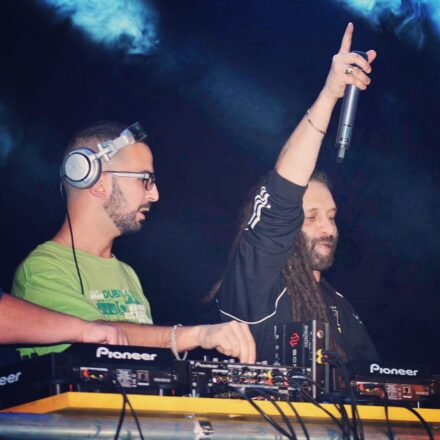
The first thing we do, of course, is play music by emerging artists. We don’t just stick to the “sure shots” or only play big names and hit songs – you always have to introduce something new. Maybe it’s a track by an up-and-coming artist, and you help the audience discover it and get used to it. As a dubplate studio, we also organize dubplate sessions for these artists. This way, more sound systems get to know them and their music.
We’ll simply keep doing what we’ve always done over the years. The team is growing, which allows us to continue clashing and killing sounds, playing at reggae and dancehall parties and festivals, promoting events in our area, organizing dubplate sessions, and producing new music.
Personal Insights
The advice we received at the beginning was simple: do it with passion and, above all, have fun – always respecting the culture, because we are guests in it.
I would give the same advice: put your heart and energy into it, and enjoy the journey. But first, take the time to study the culture and the music before you even think about spreading it.
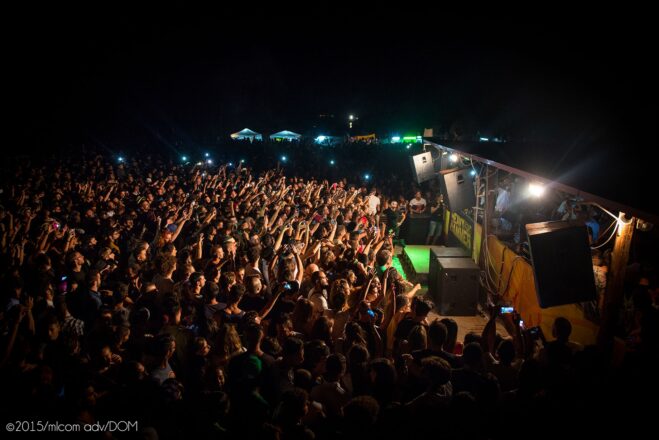
From clashing giants at Pier1 in Montego Bay to lighting up beach dances in Salento with 2,000 people strong, Heavy Hammer Sound has cemented its place as one of the most respected and impactful European sound systems of all time. They’ve proven that passion, preparation, and deep respect for Jamaican culture can transcend borders and generations.
As they continue to build riddims, host global icons, and inspire the next wave of sound system warriors, one thing remains clear: Heavy Hammer isn’t just playing music—they’re preserving and evolving a movement. For any young crew ready to follow in their footsteps, the message is simple: study the craft, respect the culture, and let the music do the talking.
Contacts/Socials
Website: www.heavyhammer.it
Email: studio@heavyhammer.it
Instagram: https://www.instagram.com/heavyhammersound
Facebook: https://www.facebook.com/heavyhammersound
Spotify: https://artist.sptfy.com/heavyhammer
